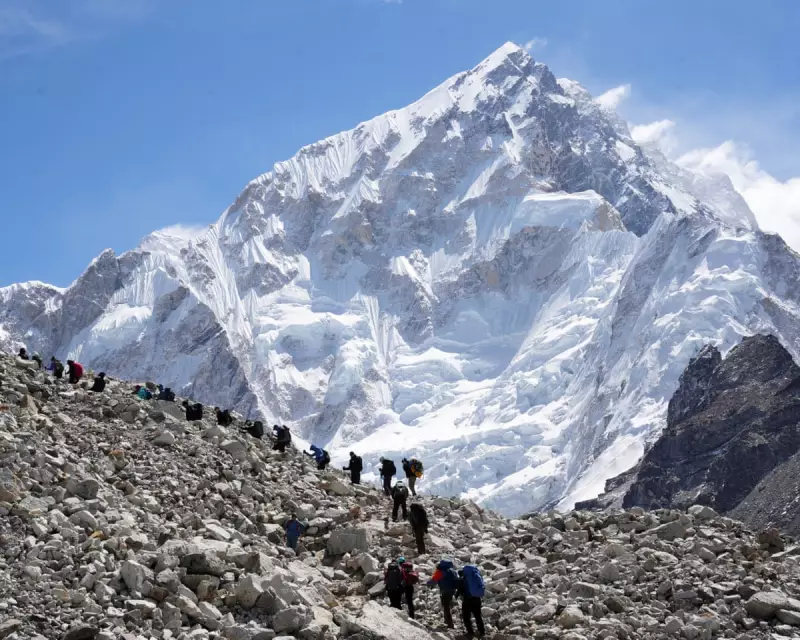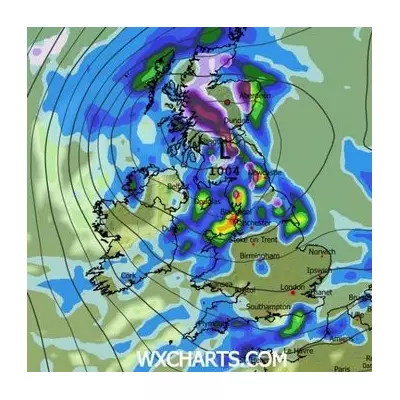
In a remarkable display of courage and coordination, rescue teams have successfully evacuated all climbers who were trapped on Mount Everest by one of the most severe blizzards to hit the world's highest peak in recent years.
The Perilous Situation Unfolds
A sudden and violent blizzard swept across the Himalayan giant earlier this week, catching multiple climbing expeditions by surprise. The ferocious storm, characterised by hurricane-force winds and blinding snow, stranded several groups of hikers at various high-altitude camps, cutting them off from descent routes and threatening their survival in some of the planet's most unforgiving conditions.
Heroic Rescue Efforts Against the Elements
Nepalese authorities and experienced mountain guides launched a complex multi-day rescue operation, battling extreme weather and dangerous terrain to reach the stranded climbers. The operation involved coordinated efforts between government agencies, private expedition companies, and veteran Sherpa guides who braved the continuing恶劣天气 to locate and assist those trapped.
"This was one of the most challenging rescue missions we've undertaken in recent seasons," reported a senior official from Nepal's Department of Tourism. "The combination of altitude, severe weather, and the number of people involved created an extremely complex situation."
All Climbers Accounted For and Safe
After days of uncertainty and concern from families and the global climbing community, authorities have confirmed that every single stranded hiker has now been safely evacuated to lower camps and receiving proper medical attention where needed. While some climbers are being treated for frostbite and altitude-related issues, there have been no reported fatalities from this incident.
Lessons from the Mountain
This dramatic rescue highlights both the inherent dangers of high-altitude mountaineering and the incredible capability of modern rescue operations. The successful outcome serves as a testament to:
- Improved coordination between climbing expeditions and authorities
- The invaluable role of experienced Sherpa guides
- Advancements in weather forecasting and emergency communication
- The importance of proper preparation and emergency protocols
The incident comes during Everest's popular autumn climbing season, which typically sees better weather conditions than the spring peak season but can still produce sudden, dangerous storms that challenge even experienced mountaineers.





